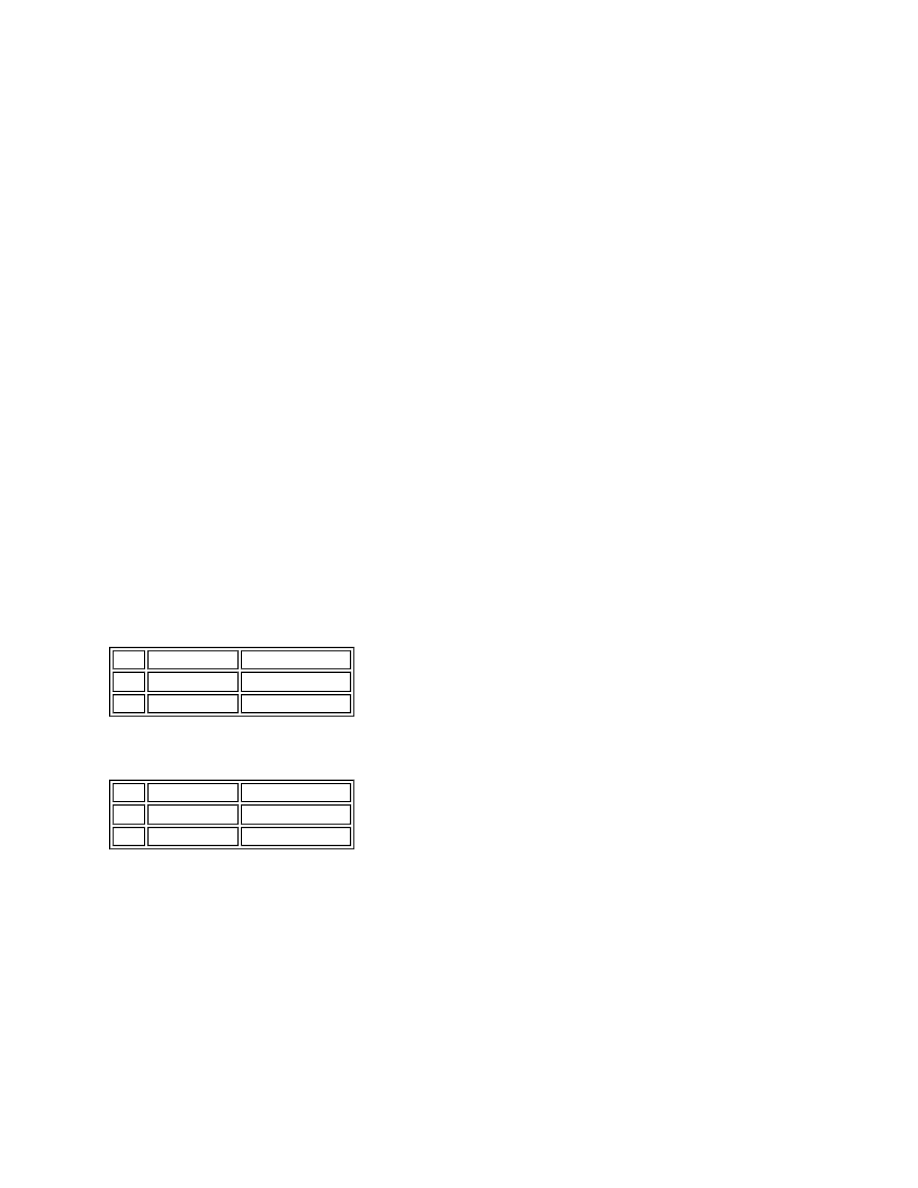LR3/Disco 3

longitudinal acceleration, lateral acceleration, steering angle and wheel speed data to control the suspension operation in
differing driving conditions.
The system will react differently if one or more of these data inputs is missing or incorrect, for example, if the steering
angle sensor is missing or incorrect, the air suspension control module assumes a default value of zero which may result
in some unnecessary levelling activity.
Air Supply Unit Relay
The air supply unit relay is located in the battery junction box in the engine compartment. The relay is connected directly
to the battery via fusible link 10E (60A). The relay coil is connected to and controlled by the air suspension control
module. The relay is used by the air suspension control module to control the operation of the compressor.
When air supply unit operation is required, the air suspension control module supplies power and ground for the relay coil
which energises, closing the relay contacts. This allows battery voltage via the fusible link to pass through the relay and
operate the air supply unit electric motor and the compressor.
The battery voltage is also passed from the relay, via a splice joint in the harness, to the air suspension control module
and is used as a signal that the air supply unit is operating.
System Inhibits
A number of conditions exist where a change of ride height is undesirable. To counter this, the air suspension control
module is programmed with a number of system inhibits. If any of the conditions detailed below exist, the air suspension
control module will suspend height changes and height corrections.
Compressor
The temperature sensors located within the compressor protect the compressor from overheating. If the compressor
temperature rises above set limits, the air suspension control module will inhibit the compressor operation. These limits
are shown in the following table:
Compressor Head Temperature Sensor
Compressor Brush Temperature Sensor
Cornering
If the air suspension control module registers a cornering force greater than 0.2g it will inhibit all height changes and
corrections. The system will remain inhibited until the cornering force falls to less than 0.15g. The air suspension control
module receives a message from the lateral acceleration sensor (which is an integral part of the ABS yaw rate sensor) on
the high speed CAN bus for the cornering force.
Rapid Acceleration
If the air suspension control module registers a rapid acceleration greater than 0.2g it will inhibit all height changes and
corrections. The system will remain inhibited until the rapid acceleration falls to less than 0.15g. Acceleration is calculated
by the air suspension control module from a vehicle speed signal received via the high speed CAN bus.
Rapid Deceleration
If the air suspension control module registers a rapid deceleration smaller than -0.2g it will inhibit all height changes and
Lifting
Filling Reservoir
Stop 150°C (302°F)
140°C (284°F)
Start 130°C (266°F)
120°C (248°F)
Lifting
Filling Reservoir
Stop 140°C (284°F)
130°C (266°F)
Start 120°C (248°F)
110°C (230°F)
